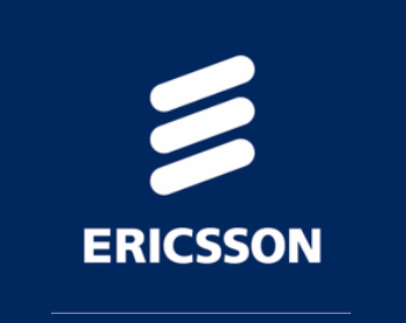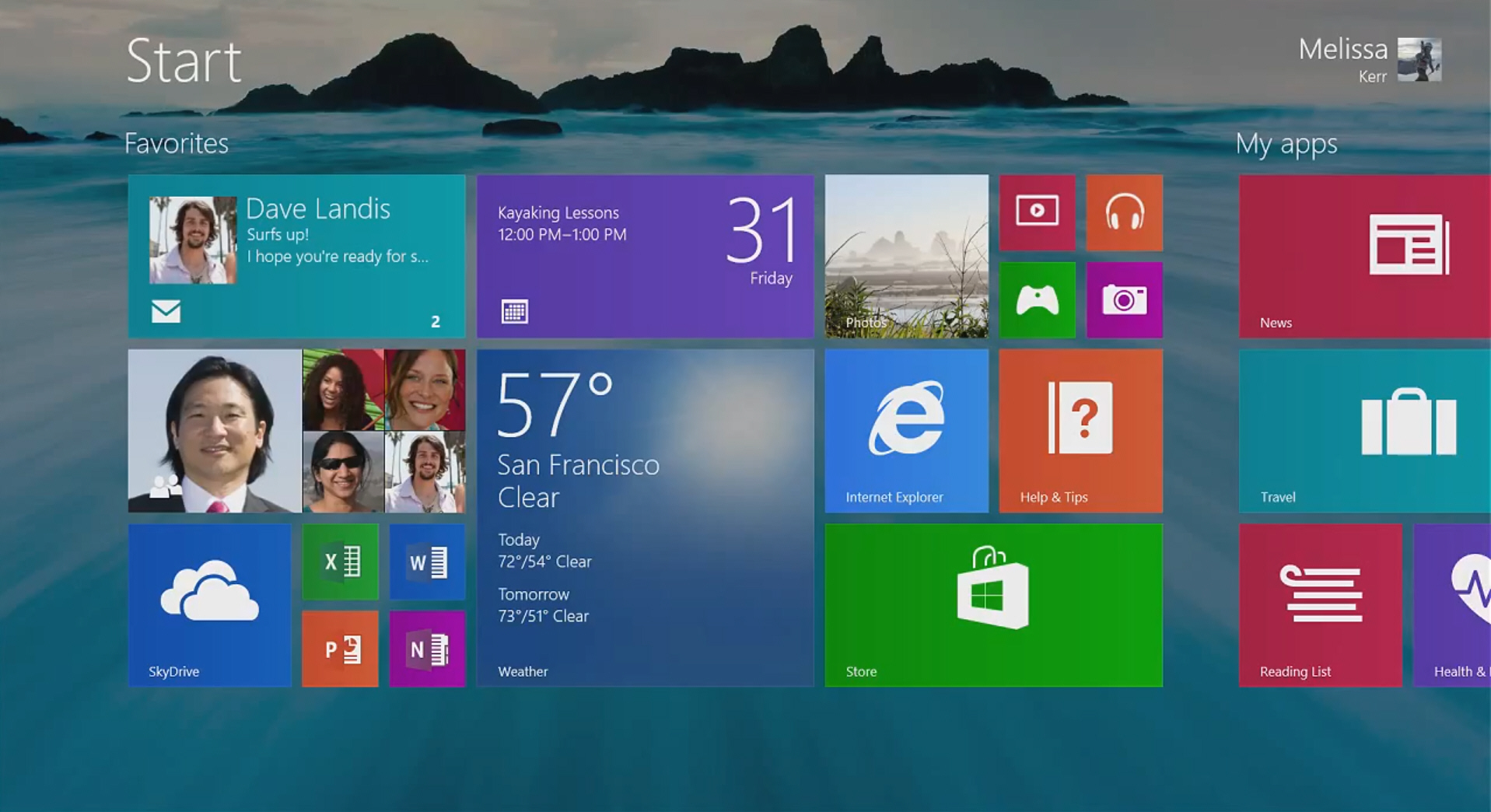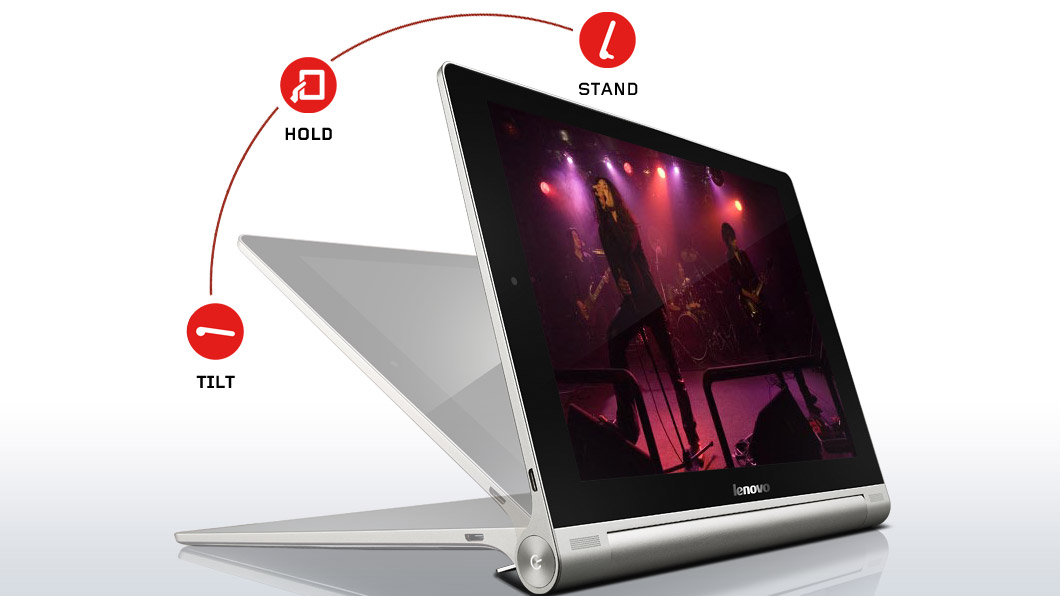Networks that are easier to manage and allow for faster configuration of user services: that’s the promise of Ericsson (NASDAQ: ERIC)’s Evolved IP Network solution for mobile, fixed and converged operators. Responding to operator demands for robust, end-to-end IP transport and packet-based service solutions, the solution’s scope is a major part of operator’s ongoing voice-IP convergence and “server to screen” broadband service delivery.
Ericsson IP Network provides end-to-end transport from radio base stations, small cells and fixed access, to packet gateway connections to the Internet and other external networks. This enables delivery of subscriber broadband services, such as triple-play, 2G/3G/4G and Wi-Fi over a unified IP transport using Virtual Private Networks. User experiences are enriched through high availability and solution design integrity, which result from Ericsson’s thorough understanding of broadband service delivery needs.
The solution is built on Ericsson’s broad portfolio of IP service routers, Ericsson IP Operating System, network management, and microwave and optical products. Evolved IP Network is a multi-access, multiservice IP solution designed to deliver broadband services and service mobility using ethernet and IP/MPLS-based transport. It tackles key operator concerns in areas such as LTE synchronization, performance management and security.
Synchronization is indicative of the end-to-end design approach employed in the Evolved IP Network solution, with the implementation of time/phase-based synchronization being a key concern for LTE operators. Using the Ericsson SP 210 router, a key access component in Evolved IP Network, the leading Australian operator, Telstra, was able to deliver live video services in a trial at the Melbourne Cricket Ground using LTE broadcast. Effective synchronization was made possible using the IEEE 1588 timing protocol and the SP 210 router at cell sites.
The trial clearly demonstrated all parts of an Ericsson end-to-end solution, consisting of radio and core network, IP transport elements, and Consulting & System Integration services.
The Evolved IP Network solution is pre-tested and verified, releasing operators from the need to perform complex system integration and vendor interoperability testing. Subscribers will benefit from the Evolved IP Network’s superior performance, which is a result of Ericsson’s depth of experience with previous IP/MPLS-based solutions for IP RAN, backhaul and core networks, which account for more than 270 customer deployments to date.
Arne Sjule, Ericsson Head of Product Line IP Routing, says: “Ericsson Evolved IP Network responds directly to operators’ current challenge, to support the requirements of a Networked Society, with its dramatic increases in the numbers of connected devices of all types, and a video explosion driving the demand for traffic scale. At the same time, operators need a solution and partner they can trust to handle whatever new applications and technologies this period of strong innovation may bring.”
During Mobile World Congress 2014 in Barcelona, Spain, Ericsson is showing world-leading technology and service capabilities and innovations. We believe that anything that benefits from a connection will be connected, and we lead the way with solutions that drive the development in mobility, broadband and the cloud, creating the foundation for eco-systems and transformation across industries. We are your guide in the Networked Society.”





